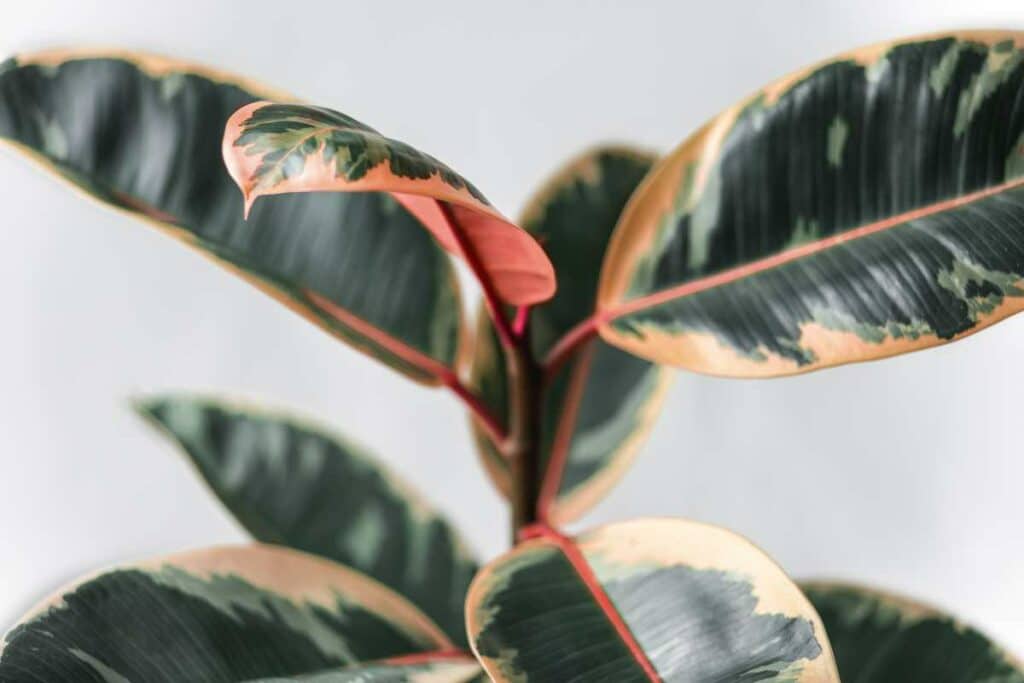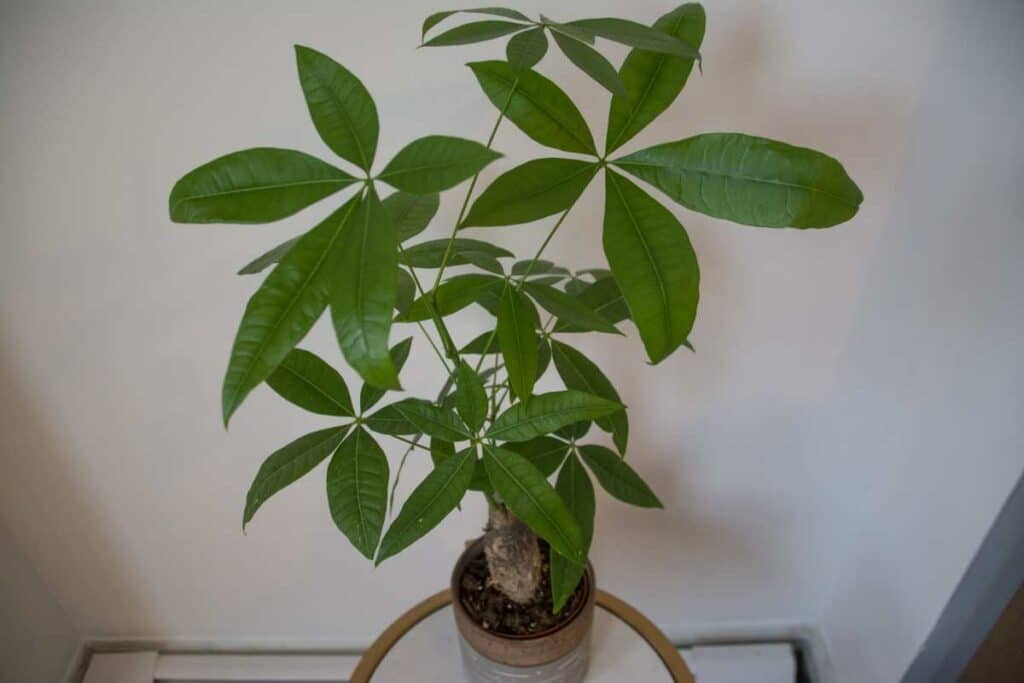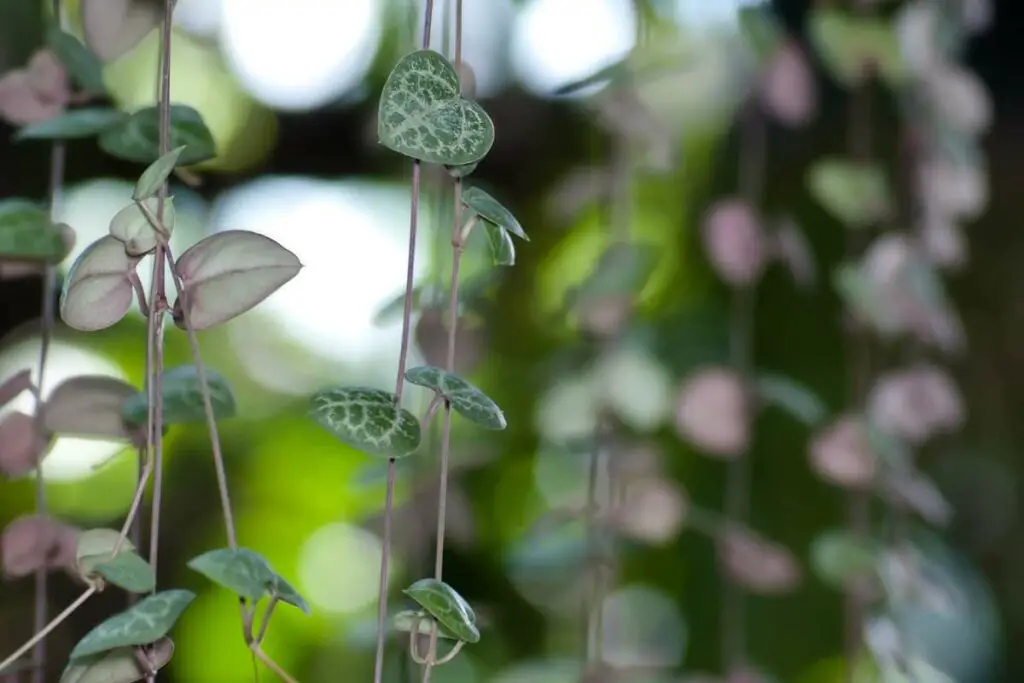The safest time to repot a Bonsai tree is at ‘bud-burst’, which is generally in late winter, but it will depend on the specific type of Bonsai tree you have.
There are several signs that a Bonsai needs to be re-potted including slow growth, increasingly visible roots in the pot, and difficulty wetting the soil or slow water uptake from the plant.
This article will break down:
- The ideal time to repot your Bonsai depending on the type of tree you have
- How to look for signs that your Bonsai may need to be re-potted
- Why do you need to wait for bud-break to repot your Bonsai?
Do I Need to Repot My Bonsai?
If you have a healthy Bonsai plant, then at some point you will need to repot it. As your plant grows, its roots will begin to fill the pot, and their ability to provide nutrients to the rest of the plant will diminish with time. You need to repot your Bonsai at this stage so you can trim the roots, change the potting mix, and allow the plant to continue growth.
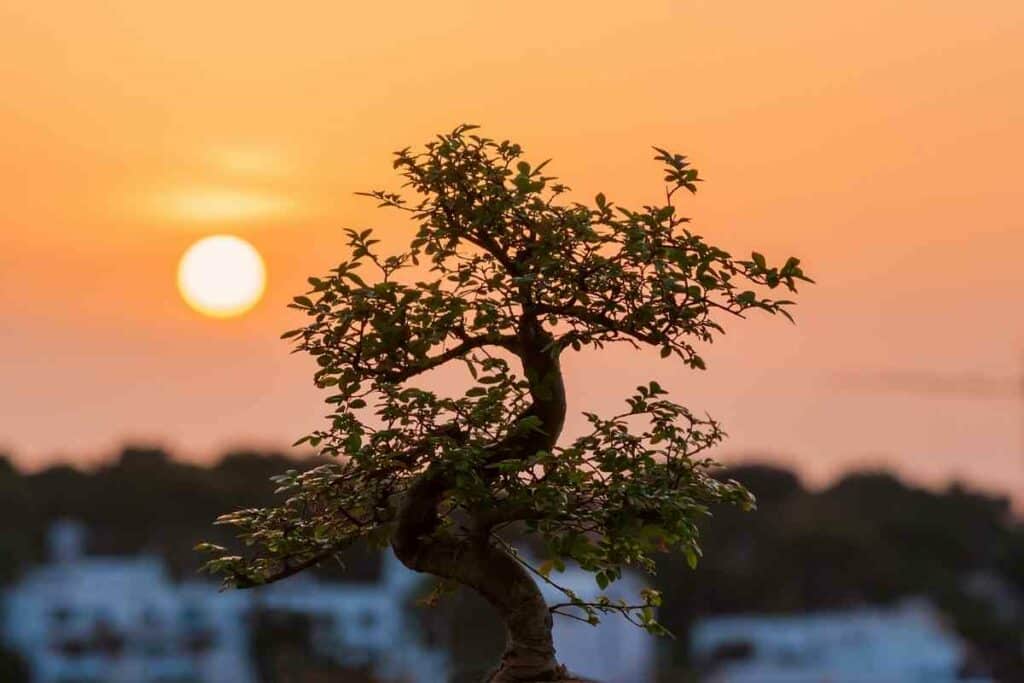
Many Bonsai owners believe their trees should stay at a certain size, or that their trees are too delicate to re-pot.
On the contrary, your tree may last a few years, but if you ignore the signs it needs to be repotted, it will stop growing and will, most likely, eventually die.
How Do I Tell If My Bonsai Is Needing to Be Repotted?
At the beginning of each spring season, gently remove your Bonsai from its pot to check the root system. If the roots have begun circling the inner root ball and pressing out around the edge of the soil, it’s time to repot your Bonsai.
There are other signs that may hint you need to repot your Bonsai, but this is the primary way to check.
Some major signs that a Bonsai plant needs re-potting include the following:
- The roots are circling around the edges of the pot rather than remaining within the soil
- The soil won’t retain water
- The plant is exhibiting slower growth than during previous growing seasons
- The foliage is yellowing, or losing gloss
- The plant is not absorbing water in summer
- The plant’s leaves are dropping quickly in summer, or have reduced in size from previous growing seasons
What Time of Year Should I Repot My Bonsai?
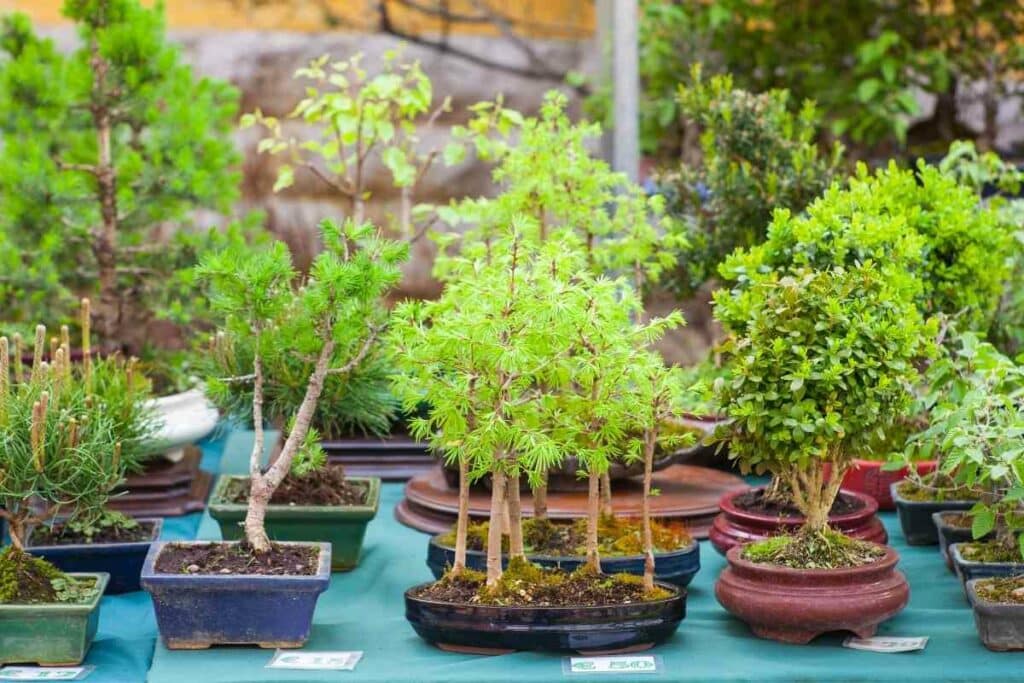
The right time of year to repot your Bonsai is when it reaches bud-burst – that means the first leaves are just starting to poke through. Look for tiny, healthy little buds, or nubs, coming through on the branches after the plant’s dormant season.
The best time of year to repot your Bonsai will depend on the type of plant you have.
Deciduous Bonsais, evergreens, tropicals and cedars all have different needs.
Use the table below to determine the time of year your plant is likely to need repotted.
| Bonsai Type | Season to Repot (US mainland seasons) |
|---|---|
| Deciduous | Late winter to early spring (late February to early March) |
| Evergreen | Mid-spring (March-April) |
| Tropical | Late spring to early summer (April-June) |
| Cedar | February only |
Why Do I Need to Repot My Bonsai At a Particular Time?
Bonsais are generally quite delicate plants. You need to pick the correct time of year to repot them in order to reduce any stress on the tree and any damage to the plant. The aim is to repot the plant just as it is exiting its period of dormancy, and right as new growth is forming.
This is the ideal time to ensure reduced stress on the plant, as it will mean that trimmed roots find it easier to continue growing in a healthy way and repair themselves through its growing season.
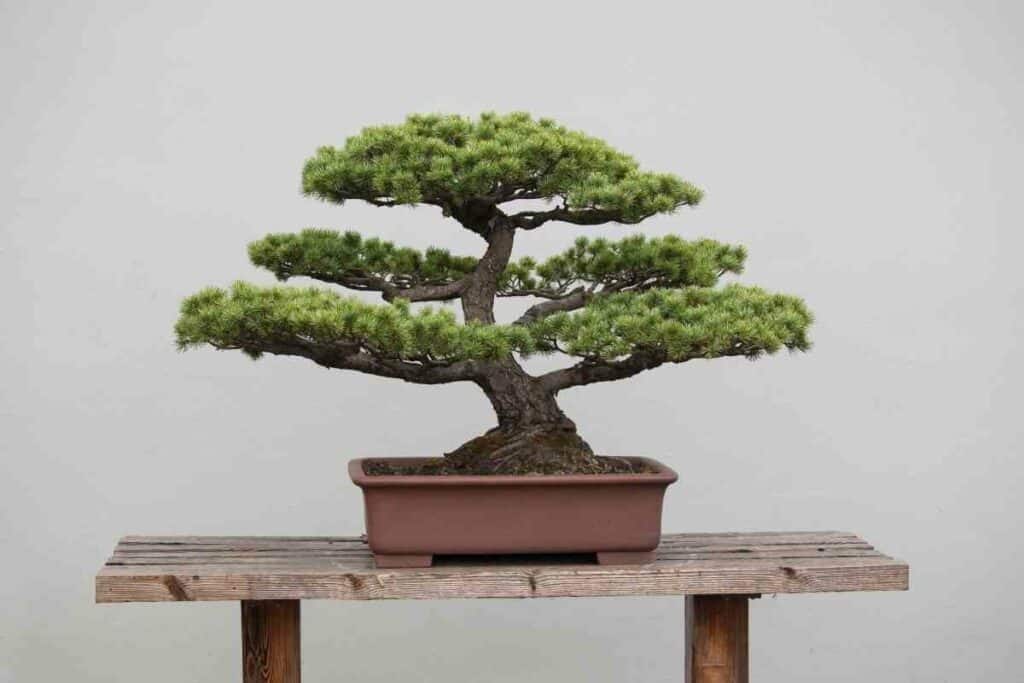
Each different type of Bonsai will have a different period of dormancy and new growth, so you need to ensure you understand which type of tree (deciduous, evergreen, tropical or cedar) you have, and thus what its seasonal growth cycle is.
Can I Repot My Bonsai In Summer?
You may be able to repot your Bonsai in summer if it’s tropical climate. Tropical bonsais should show bud-break around late spring to early summer, roughly April-June, and this is the time to repot them if they show signs of needing their roots trimmed.
Tropical varieties of Bonsai include:
- Brazilian rain tree
- Bougainvillea
- Ficus
- Fukien tea
- Tabebuia
- Shohin
- Aralia
What If My Bonsai’s Bud-breaking Does Not Match the Usual Seasons?
Bonsai that are grown indoors may not be able to follow the natural environmental cues that help it maintain its seasonal cycles. This is called ‘eco-dormancy’, and it may mean that your Bonsai will not bud-break at the expected time of year for its variety.
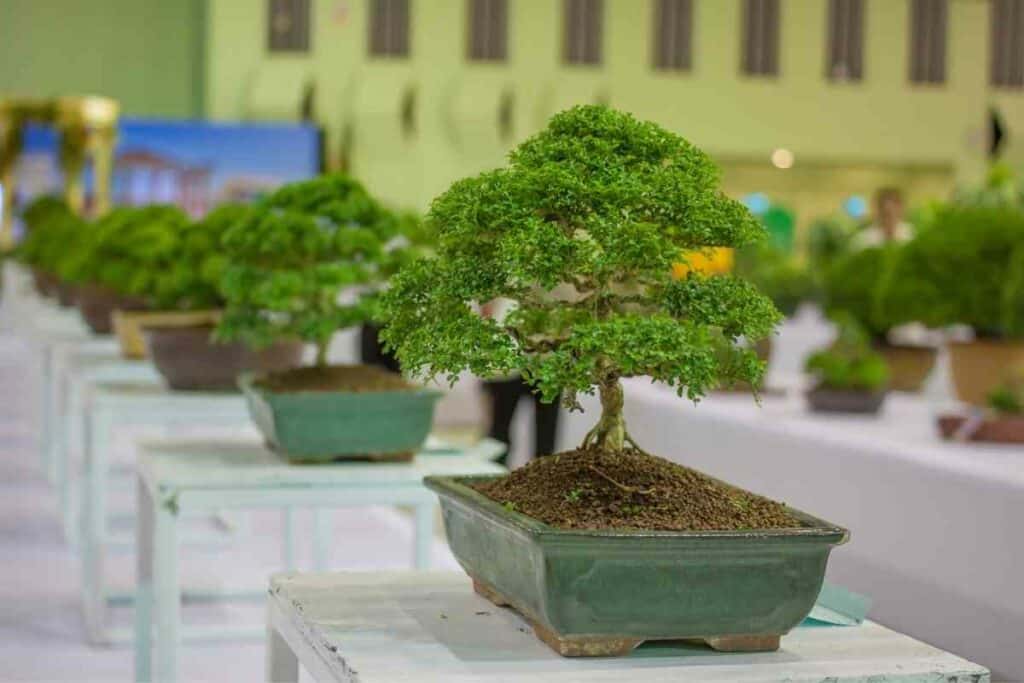
If your Bonsai’s bud-break does not match the expected seasonal schedule, you should still wait for the bud-break to repot your Bonsai, as it’s the new growth period that allows your Bonsai to remain healthy through the stress of repotting.
Conclusion
Bonsai trees are wonderful plants to keep, although they do take a little more care than many houseplants.
Repotting your Bonsai when its root system has grown too big for its pot will ensure you keep your Bonsai as healthy and happy as possible.
The best time to repot your Bonsai is when it displays the first signs of bud-burst at the end of its period of dormancy, and right as it enters its new season of growth.
You Might Also Read
- Philodendron Moonlight Vs. Golden Goddess
- How to Revive Your Rubber Plant: 6 Tips to Help Your Rubber Tree Thrive Again
- Your Money Tree Lost All Its Leaves – Will It Sprout Again?
- Why Is My Money Tree Dying? 5 Possible Reasons and Solutions
- Do Jade Plants Bloom – Fact or Fiction?
- Plants with Heart Shaped Leaves (Secret Language of Leaves)

